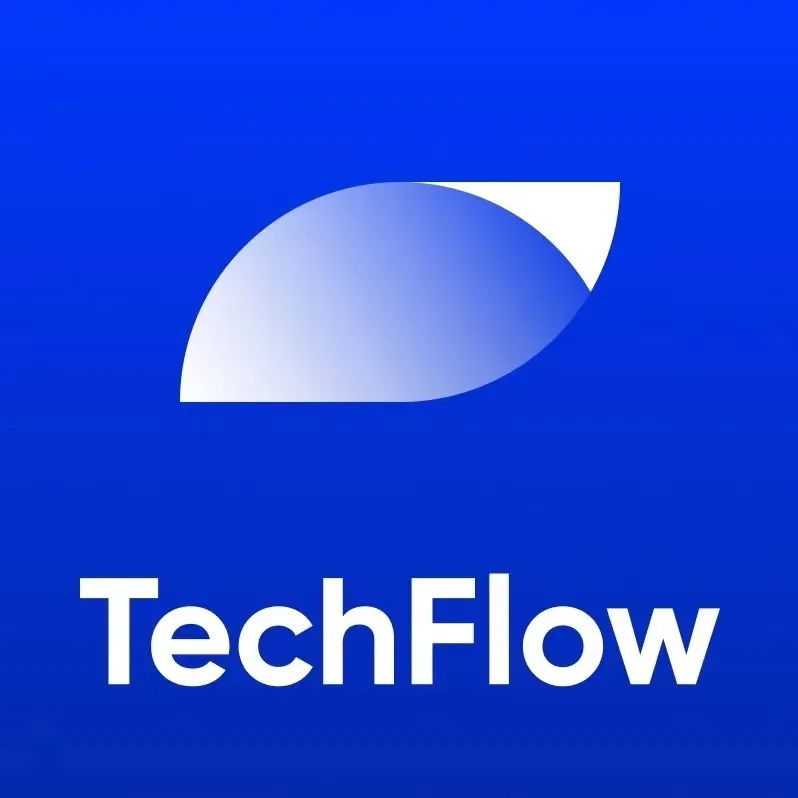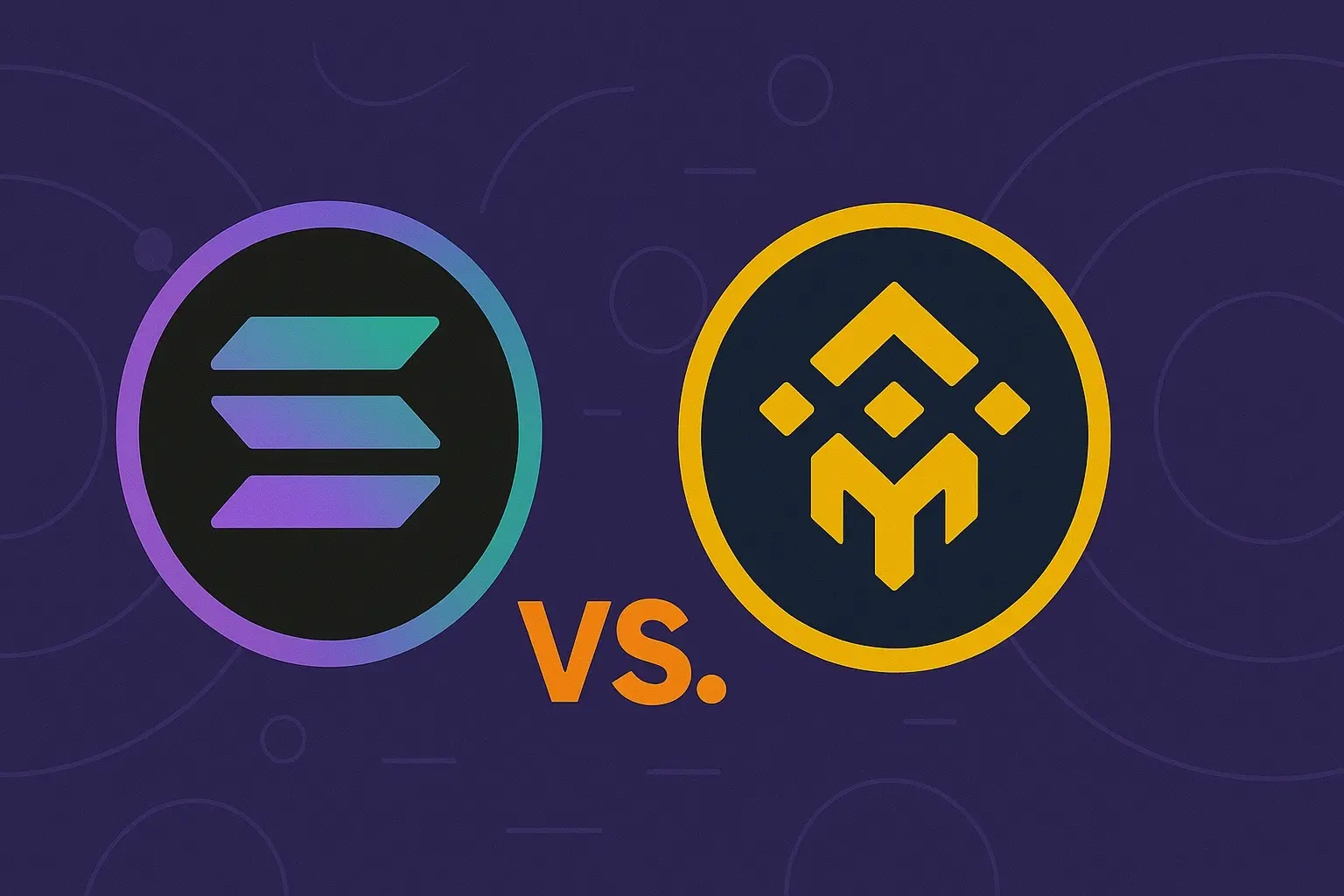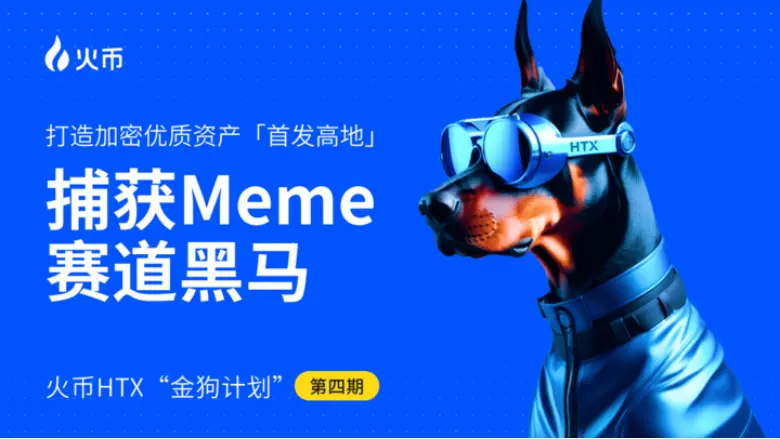SocialFi feature hierarchy: Transaction priority or social priority?
Original Title: “Verticalization of the Web3 Social Stack”
Author: MASON NYSTROM
Compiled by: Deep Tide TechFlow

With the increase in the use of crypto social platforms and financial games, the way they are built is also evolving. We can expect to see more projects in the future leaning towards verticalization, aiming to provide users with a more seamless and comprehensive experience, thus giving rise to new consumer behaviors and attention or social asset-based interactions. While not all web3 social experiences are related to finance, the blockchain infrastructure supporting these crypto consumer applications can integrate new token incentive behaviors and digitally native assets into social experiences.
The existing SocialFi stack consists of four core layers:
Discovery Layer - Users discover items they want to purchase
Execution Layer - The buying and selling of assets
Liquidity Layer - The place where assets are stored and aggregated
Asset Issuance Layer - The stage of asset creation
Currently, this stack is still relatively fragmented, with user discovery and social experiences disconnected from execution (such as trading), liquidity, and asset issuance. However, as the SocialFi space expands, various applications will continue to strive for verticalization in attention and market aspects to better control users' social experiences and the liquidity of attention assets.
SocialFi application developers need to have multiple layers of the SocialFi stack to build defensiveness for their protocols. Attention asset trading (i.e., execution) and issuance are the commodification layers of the stack—token issuance is becoming easier, and execution can be added anywhere attention exists. Having discovery or liquidity layers will become increasingly important, as these are defensible layers with strong network effects.

In SocialFi, most applications are choosing between two verticalization approaches:
Transaction-First Approach: Build a trading platform or marketplace where users can trade attention assets (like Memes) first, and then evolve into a social/discovery platform.
Social/Discovery-First Approach: Build a social platform first, then gradually add financial elements. Make consumers/attention merchants key stakeholders in the platform.
Transaction-First
Any social network or discovery platform faces significant challenges in today's competitive attention market: guiding new social networks, stimulating new consumer behaviors, and maintaining user engagement. Given these obstacles, the transaction-first approach is often easier to initiate, as users' interest in speculation helps overcome these challenges. However, this approach faces more competition, as trading platforms are easier to launch than social networks, and social networks retain many advantages once they reach a certain user density.
From the transaction-first perspective, the deep verticalization of the SocialFi stack has proven effective, as these applications are built with attention trading features. For example, Friendtech has become one of the most vertically integrated SocialFi applications, capable of controlling the entire stack. This application is not only a hub for user discovery and exclusive trading but also utilizes a native financial fundamental called "bonding curve" to issue assets with Friendtech application-specific features.
Some newer SocialFi protocols have also achieved vertical integration of the stack. For instance, Meme issuance and discovery platforms like Pump and Ape Store allow users to easily deploy Memes on the bonding curve. This way, users can purchase tokens directly from the bonding curve without waiting for someone to inject liquidity into decentralized exchanges or liquidity pools. While some Meme trading and discovery initialized by Pump can occur on other platforms, such as Dexscreener and Twitter, Pump still provides a unique social discovery and trading platform for its newly released tokens.
Social-First
Historically, the social-first SocialFi approach has succeeded through social platforms like Twitter, Farcaster, and Telegram, as well as market terminals like Dexscreener and Coingecko. Many of these applications attempt to move downstream in the stack, providing token trading features, but have not fully focused on offering a customized proprietary trading experience.
Telegram is an exception, successfully integrating social and financial experiences. Nevertheless, the user experience on Telegram remains limited; while some deeply crypto-savvy users opt for its convenience, there is still a market demand for experiences more akin to Robinhood, which offers a seamless trading interface, convenient registration processes, and retail-friendly features like commission-free trading. Additionally, new primitives like Farcaster frames and lens open actions further facilitate new types of financial transactions within these social-first networks.
Final Thoughts: Maintain Your Stance
Builders can create engaging social financial games and networks by understanding how monetization and financialization of applications impact them through unique approaches. The transaction-first approach is easier because it does not necessarily require creating new consumer behaviors; people already want to trade attention. However, historically, the social-first approach has controlled users' attention rather than just the transactions themselves. The primary goal of the social-first approach is rapid iteration, testing new consumer behaviors and social financial dynamics until users reveal their preferences, which have the potential to evolve into large social networks. I believe that the most successful applications will be those with a firm stance and vertically integrated designs that create liquidity markets for new types of assets or otherwise stimulate new consumer behaviors.











